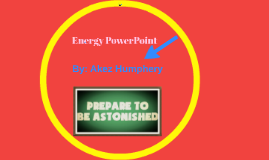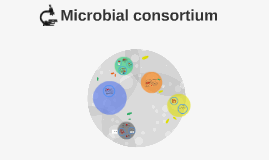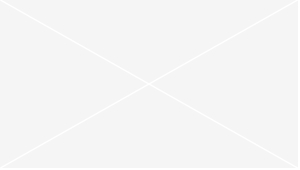MICROBIAL
Transcript: APPLICATIONS Crystalline-bridging cause bacterial asphyxiation Held in place only by friction CONCRETE CRACKING AUTOGENOUS HEALING Websites: CFA. (2005). CFA: Concrete Cracking Overview. Concrete Foundations Association. Retrieved March 12, 2014, from http://www.cfawalls.org/foundations/crackin Journals: Achal, V., Mukherjee, A., & Reddy, M. S. (2010). Microbial concrete: way to enhance the durability of building structures. Journal of Materials in Civil Engineering, 23(6), 730-734. Boquet, E., Boronat, A., and Ramos-Cormenzana, A. (1973). “Production of calcite (calcium carbonate) crystals by soil bacteria is a general phenomenon.” Nature, 246, 527–529. ICRI (2006). A Vision for the Concrete Repair, Protection and Strengthening Industry . Vision 2020, 1. Retrieved March 9, 2014, from http://www.icri.org/GENERAL/Vision2020-Version1.0_%20May2006.pdf Ramachandran, S. K., Ramakrishnan, V., & Bang, S. S. (2001). Remediation of concrete using micro-organisms. ACI Materials Journal, 98(1), 99. Wiktor, V., & Jonkers, H. M. (2011). Quantification of crack-healing in novel bacteria-based self-healing concrete. Cement & Concrete Composites, 33(7), 763-770. doi:10.1016/j.cemconcomp.2011.03.012 Books: Concrete Society (2010) Non-structural cracks in concrete: a Concrete Society report. (4th ed.). (2010). London: Concrete Society. Dove, P. M., Yoreo, J., & Weiner, S. (2003). Biomineralization. Washington, DC: Mineralogical Society of America. Malhorta, V. M., & Ash, S. F. (1993). Fly ash, silica fume, slag, and natural pozzolans in concrete : proceedings; fourth international conference, Istanbul, Turkey, May 1992. Detroit, Mich: American Concrete Institute. Bacteria cells facilitate precipitation of calcium carbonate Biochemical healing agents 600% less absorption of water Decrease in porosity due to decrease in void space Mechanical blocking of crack with particles Bacteria populate voids Ideal for wet environments METHODOLOGY Increase in activation period MICROBIAL CONCRETE Calcium carbonate from cementitous surfaces Fractures sealed which prevents corrosion 28% increase compressive strength strength REDUCED ABSORPTION Crystals chemically bonded to cementitious surface Reduces structural capacity CRACK PREVENTION Bacterial solution embedded into clay particles INCREASED STRENGTH 7 day inactivation period TAKE-AWAY POINTS BIOMINERALIZATION Decreased probability of contaminant penetration or reinforcement corrosion Evidence of improved crack healing Economic and environmental challenge Calcium carbonate formed through biomineralization METHODOLOGY CRACK HEALING Bacteria produce urea which combine with carbonate and ammonia Direct Mixing Creates a pathway for moisture to reach reinforcement Preventative approach to crack rehabilitation OVERVIEW 28 day bacterial lifespan Increased durability by filling voids in concrete REFERENCES AUTOGENOUS HEALING VS. BIOMINERALIZATION

















